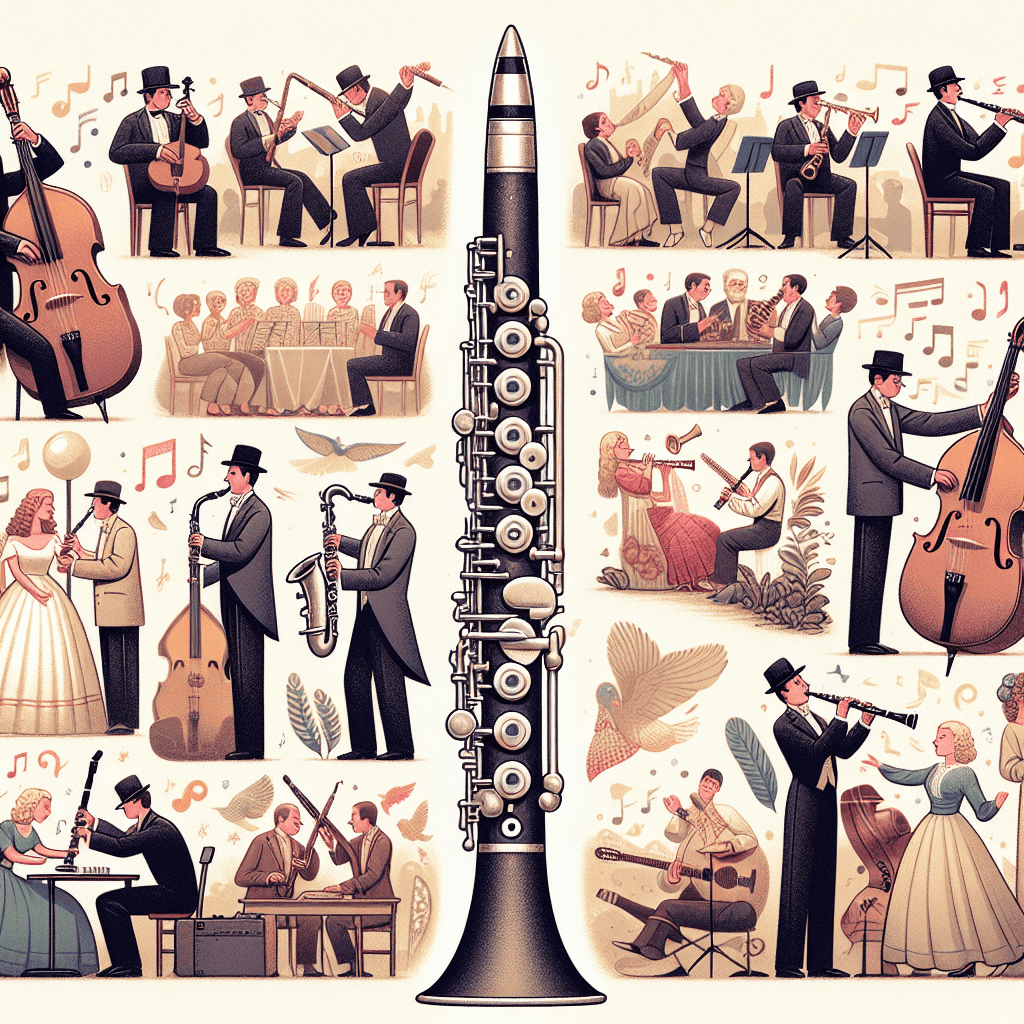The G# Harmonic Major Scale: a name that may not ring a bell for every clarinetist, but it's more important than you might think! This fascinating scale has taken its place through history in various styles and forms, breathing life into countless compositions. Not only does it have rich origins, but it also plays a lively role in transformative clarinet music.

Clarinet Fingering Charts are always FREE at MartinFreres.net!
Breaking Down the G# Harmonic Major Scale
Let's take a closer look at this scale. The G# Harmonic Major Scale consists of the following notes: G#, A#, B, C#, D#, E, F## (which is the same as G). It has a distinctive character compared to the more common major scales. The raised seventh note (F##, in this case) gives it a unique blend of sweet and spicy tones!
| Scale Degree | Note |
|---|---|
| 1 | G# |
| 2 | A# |
| 3 | B |
| 4 | C# |
| 5 | D# |
| 6 | E |
| 7 | F## (G) |
The Origins of the G# Harmonic Major Scale
You might wonder where this scale came from. Its roots can be traced back to Middle Eastern and Eastern European music traditions. These cultures, known for their expressive melodies and intricate rhythms, have shaped what we now embrace in Western music. The scale evokes a sense of longing through its unique intervals. Imagine the excitement when a clarinetist brings a passage to life using this very scale!
Historical Significance in Clarinet Music
The G# Harmonic Major Scale has played a significant role in compositions, especially during the Romantic period. It pairs beautifully with the rich sounds of the clarinet. Renowned composers like Johannes Brahms and Antonin Dvo?ák used this scale masterfully. For example, in Brahms's Clarinet Quintet, you can hear the expressive possibilities this scale offers through its melodic lines.
Jazz and Improvisation
The G# Harmonic Major Scale brings a unique color to clarinet music. You'll find it in jazz, where musicians often use it for improvisation. This scale creates both tension and resolution in a performance, making it popular among clarinetists who want to express themselves freely!
Technical Benefits for Clarinetists
As we explore clarinet techniques, this scale proves invaluable. Mastering the G# Harmonic Major Scale can help develop agility when moving between intervals. It's like a workout for your fingers! For beginners, the scale might seem challenging with its sharp notes. But with practice, you'll discover a whole new world of musical possibilities.
Expanding Your Composition and Repertoire
If you're a musician looking to broaden your repertoire or compose your own pieces, keep this scale in mind. The rich, exotic flavor of the G# Harmonic Major Scale can add depth and character to your music. Picture taking your audience on an emotional journey, hitting all the highs and lows with conviction!
Incorporating the Scale into Your Practice
To spice up your practice routine, try various exercises that include the G# Harmonic Major Scale. Experimenting with it will not only improve your technical skills but also deepen your understanding of how this scale fits into the broader musical context.
Connecting with Musical History
Embrace the historical importance of the G# Harmonic Major Scale! It's more than just a part of your musical toolkit; it's a connection to the past. Whether you're composing, performing, or simply appreciating clarinet music, this scale is a gem waiting to be discovered. As clarinetists, you have the power to bring this remarkable piece of musical history to life through your playing!
Conclusion
The next time you pick up your Martin Freres clarinet, think about the history and emotions behind the G# Harmonic Major Scale. Let its story inspire you as you create melodies that span across time!
Table of Contents
- Introduction
- Breaking Down the G# Harmonic Major Scale
- The Origins of the G# Harmonic Major Scale
- Historical Significance in Clarinet Music
- Jazz and Improvisation
- Technical Benefits for Clarinetists
- Expanding Your Composition and Repertoire
- Incorporating the Scale into Your Practice
- Connecting with Musical History
- Conclusion








